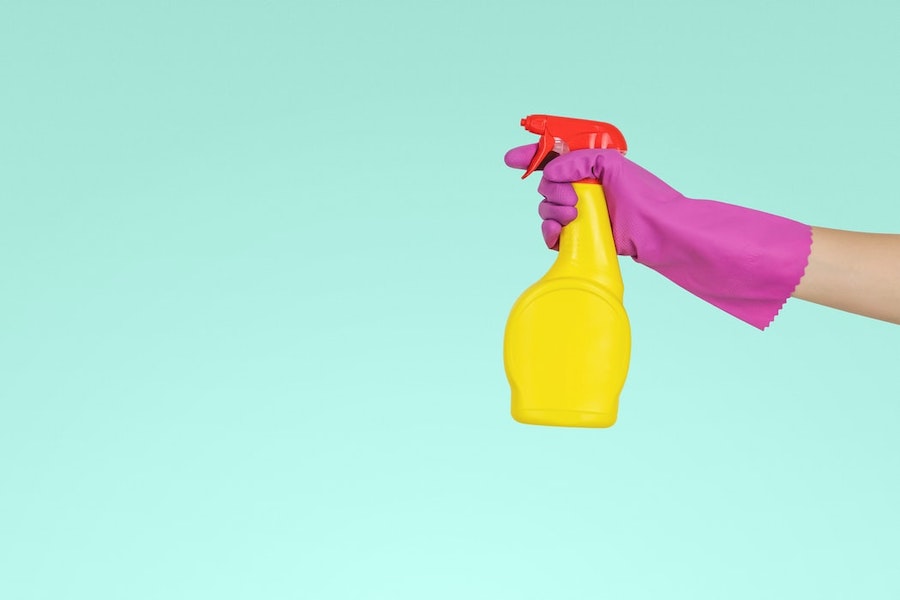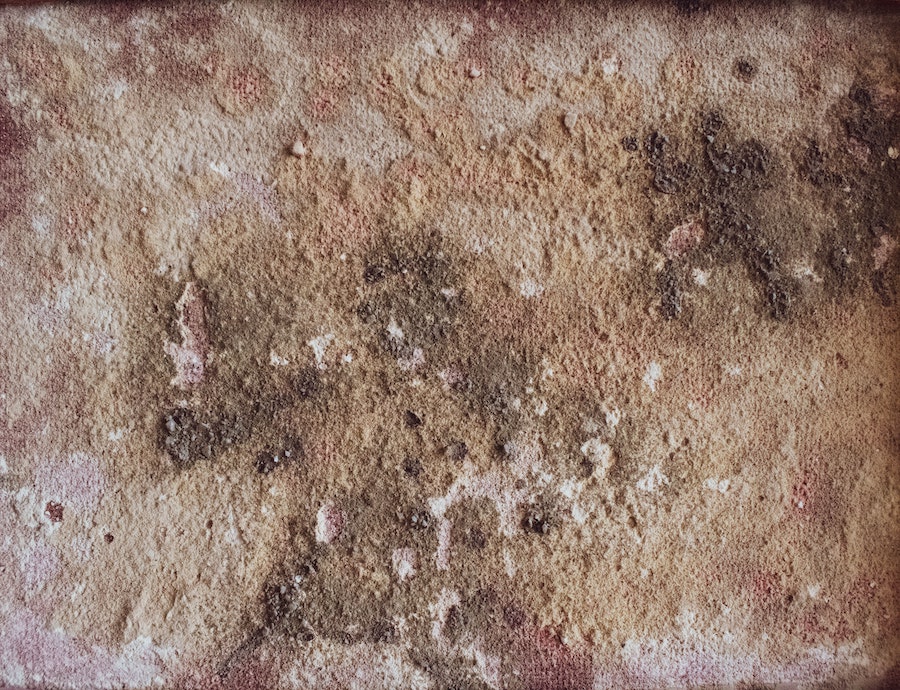Have you identified a nasty musty smell in your basement? There could be a presence of mold and mildew which can cause serious health issues. In this article, you’ll learn what causes these unpleasant smells and the solutions for permanent odor removal.

Where mold and mildew comes from
Basements are usually moist and dark, a perfect breeding ground for mold and mildew. Mildew looks like powdery substances that you usually find in rotting fruits, plants, and vegetables. Mold is thicker and can cause structural damage to building materials. Both can’t always be found immediately, so the musty smell is generally the first sign of their presence.
Molds carry health risks from the spores they produce, which can travel through the air and be inhaled through the lungs. Therefore, it’s important to remove the mold colonies to keep your family in good health.

How to find the source of mold and mildew
Inspect all the corners of the basement, such as ceilings, tiles, and grout. Almost any absorbent materials like fabric, carpet, and cardboard could be hiding molds too. You might need to remove all the items in the basement to find the source of the smell if it’s not obvious just yet.
How to remove mold and mildew
Before you remove mold and mildew in your basement, take precautions first. Wear a mask, gloms and protective glasses. Also, make sure the area is well-ventilated to limit your exposure to breathing in mold spores.
Second, scrub the area with a mix of detergent and water. The United States Environmental Protection Agency (EPA) does not recommend using bleach because it only kills live mold but not the spores, therefore risking faster mold growth. Remember that the best way to stop mold from returning is to make sure to keep your basement’s humidity in check.
When to call the professionals
Finally, you may find that removing mold is more complicated than expected. Call the professionals if you have respiratory problems, if you are dealing with medium to large molded areas (anywhere from 10 square feet and above) or if the mold keeps coming back.

